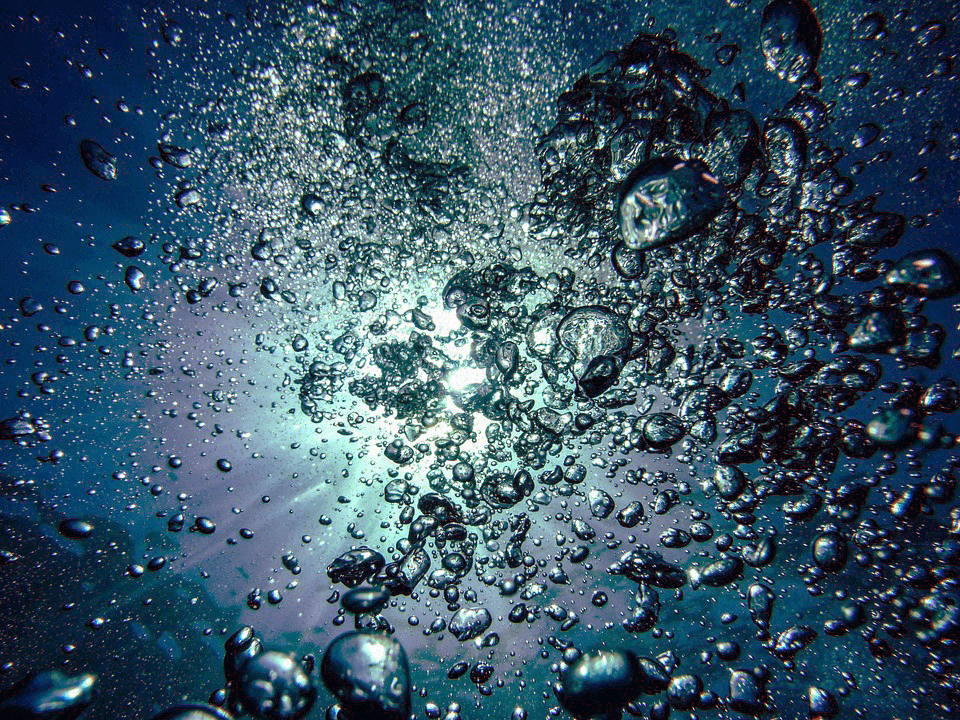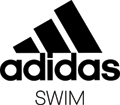Morning Splash Special: Did the NCAA Swimming Bubble Burst?

NCAA DI editorial coverage is proudly sponsored by Adidas. Visit adidasswimming.com for more information on our sponsor. For all the latest coverage, check out our event coverage page.
 CLICK FOR FULL RESULTS
CLICK FOR FULL RESULTS
By David Rieder.
It’s March, and in the American sports scene, that means a lot of talk about bubbles. No, not going underwater and blowing bubbles. This kind of bubble refers to an individual or team right on the edge of making it into the field for various college sports championships.
In men’s basketball, experts say this year’s NCAA tournament bubble is unusually weak, meaning that the last few teams earning at-large bids don’t have a résumé as strong as what it normally takes to make the cut.
In women’s swimming, this season is quite the opposite.
Last week, top Division I female swimmers across the country had their eyes glued to the internet, eagerly awaiting the release of the psych sheets for the NCAA championships. The handful at the top knew they’d get into the meet safely, but for those who had swum right around the times that were invited to last year’s NCAA championships—the ones squarely on the bubble of getting in or being left out—those waiting moments were some nervous ones.
But when the pre-cut lists came out, most of those women who thought they were on the bubble were in for some disappointing news—and another chunk of swimmers who might have figured they were safely qualified had a surprise in store. One day later, the release of the official psych sheet would only confirm those disappointments
Since the cut-off line for the women’s NCAA championships usually falls somewhere between the places 38 through 41 on the pre-selection entry list, plenty of swimmers didn’t need to wait 24 hours for the official psych sheet. Those lists would only confirm what was already inevitable.
For the first time since 2009, the invited time was faster in all 13 individual events, and, in fact, the mark required to get to Indianapolis was the fastest in history for each event. Some of the drops were extraordinary. Check out the chart below.
The women's NCAA D1 Champs just keeps getting faster. Check out the times it takes to get invited to the meet over the last ten years. pic.twitter.com/IG3E46hmQW
— USA Swimming News (@USASwimmingNews) March 1, 2017
A quick note about 2009: that was the only year polyurethane bodysuits were allowed in college competition. The NCAA had disallowed their use in 2008 since they had only been introduced a month earlier, and the suits had been banned internationally before the 2010 season. Hence, the drops in the invited times that season make plenty of sense.
The invited time in the 50 free went from 22.35 in 2016 to 22.23 in 2017, the largest drop since—you guessed it—2009, and after hovering between 1:00.66 and 1:00.78 in the 100 breast for six years, it took a 1:00.34 to make the meet this season. The time in the 100 fly dropped a quarter-second, from 52.77 to 52.52.
Why did that happen? Some might hypothesize it has to do with the influx of high-profile redshirts and deferrals after the Olympic year—and that makes sense. For instance, neither of the top two seeds in the 50 free, Simone Manuel and Abbey Weitzeil, swam collegiately last season.
But it’s not as though 22.35, the 2016 invited time, placed 42nd or 43rd on the entry list. Actually, Notre Dame’s Catherine Mulquin, William & Mary’s Jaimie Miller and Auburn’s Alyssa Tetzloff all had a season-best time of 22.35, and that left them in a three-way tie for 55th on the pre-cut entry list.
The talent-at-the-top theory completely falls apart in the 100 fly, where American record-holder Kelsi Worrell graduated, and a hypothetical swimmer who recorded the 2016 invited time of 52.77 would have been 51st this time around.
So what’s our explanation? Women were excited to train harder after watching the Olympics? Swimmers rested more for their conference meets this year than they had been in the past? Certainly, this year’s freshmen can’t be that much better than last year’s seniors.
Obviously, we have no way of knowing the answer without talking to a swimmer or coach from each one of the 62 schools that have an invited swimmer. But it’s evident that Division I women’s swimming made an impressive leap from last season to this one, and that’s why anyone who thought they were right on the border of getting into the NCAA championships saw their bubble burst.
And now it’s the men’s turn to find out their fates. Not including relay-only athletes, the men’s NCAA championships is capped at175 swimmers, compared to 205 for the women. That usually leaves the invited line around the 29th or 30th-ranked swimmers in each event.
When the pre-cut psych sheets come out in a few hours, we’ll see if a few unsuspecting men find themselves on the wrong side of that bubble.
All commentaries are the opinion of the author and do not necessarily reflect the views of Swimming World Magazine nor its staff.




.jpg)
